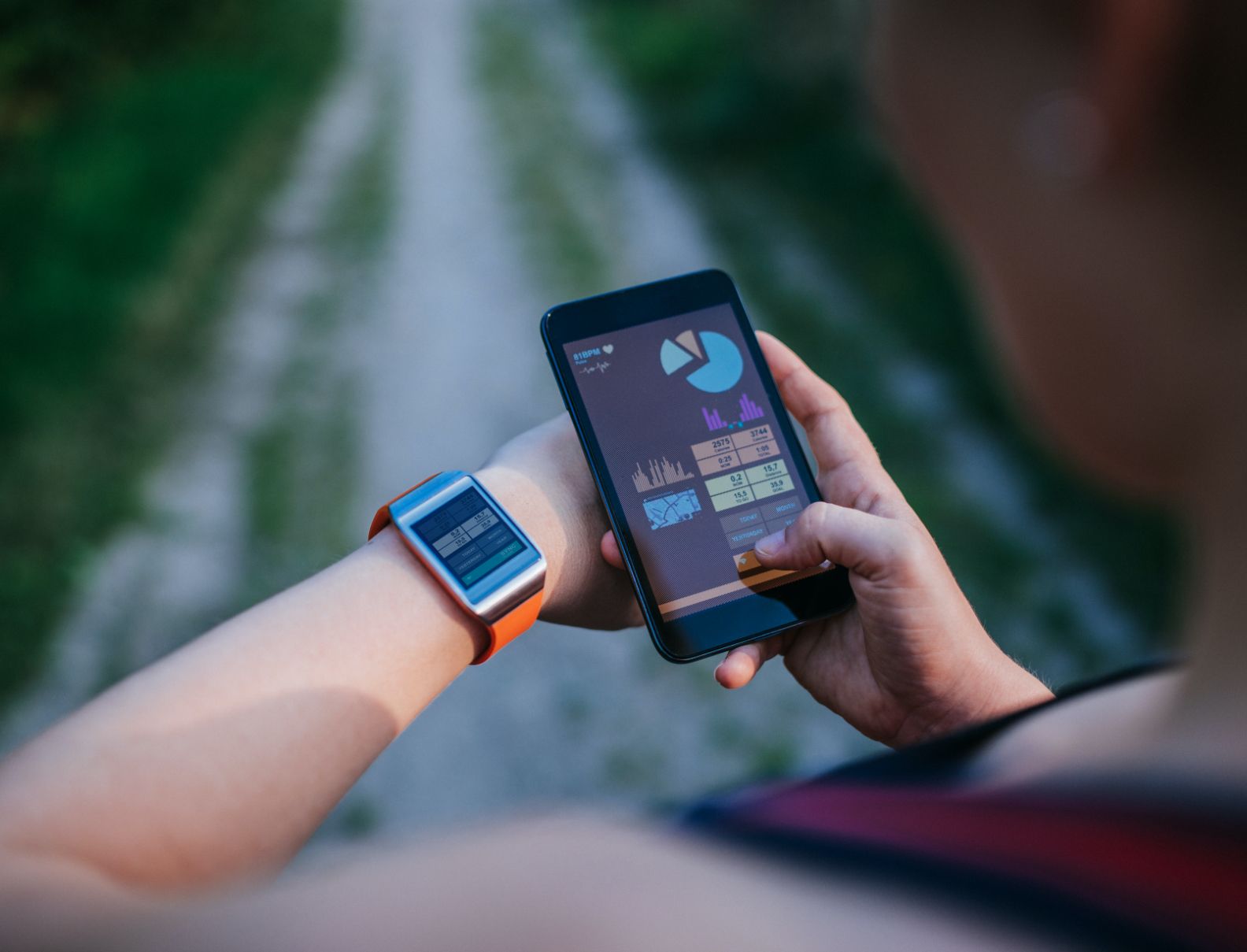Diet Chart For Kidney And Dialysis Patients
- Author :
- TATA AIG Team
- ●
- Last Updated On :
- 14/05/2024
Your kidneys are the primary organs for blood filtration, blood pressure regulation, maintaining your electrolyte balance and urine production. However, certain conditions like obesity, diabetes, or high blood pressure combined with an unhealthy diet or lifestyle can cause damage to them.
If your kidneys fail to work as they should, it can lead to the accumulation of waste from food, toxins and fluid build-up within your body. Almost 10% of the population has kidney disease making it a prevalent health condition. This is why eating right is required to maintain a healthy lifestyle and manage chronic health conditions.
What Is A Diet Chart For Kidney Patients?
Kidney diseases require specific treatment, and general diet charts fall short of fulfilling the requirements of every kidney condition. A kidney or renal diet is tailored especially for impaired kidney function patients. An impaired kidney means that the patient would have an excess of waste in their blood and high creatinine levels since their kidneys can't effectively filter their blood.
Treatments for chronic kidney disease can also be expensive, and the costs from frequent doctor's visits can add up and eat away at your savings. A medical insurance plan can help ease this financial burden by covering the costs of your treatments and frequent hospital visits.
Since every person's body and metabolic rate differs, it is highly advised for patients with chronic kidney disease (CKD) to consult their doctors or a renal dietitian about developing a diet plan/chart tailored to their needs.
An Example Of A Diet Chart For High Creatinine Patients
Here's an example of a dialysis patient's diet chart. Generally, it's best to avoid processed foods like fast food, dried nuts, seeds, beans, and soft drinks for kidney disease. It's also essential to monitor your liquid intake, limiting it to 1000 ml daily.
| Meal Category | Menu | Quantity |
|---|---|---|
| Breakfast | Broken wheat upma
Egg whites with chutney of choice |
200g (Upma) 2 - 3 Tsp (Chutney) |
| Mid-Morning Meal or Brunch | Fruit (Preferably Apples, Grapes, Pears, Guava, Pineapples, or Papaya) | 100g |
| Lunch | Whole wheat flatbreads like chapati, rice, gourd vegetables (tinda, capsicum, Cabbage, Cauliflower, Onion) or leached green leafy vegetables.
Limit fried foods or pickles. |
2 (Flatbread) + 200g (rice) + 200g (Vegetables) |
| Snacks | Millet Biscuits with Tea or Coffee with non-dairy creamers. | 2 (Biscuits), 100 ml (Tea or Coffee) |
| Dinner | Rava Idli/ Dosa and Onion Chutney | 3 (Idly/Dosa), 3 Tsp (Chutney |
What To What Out For When You Have Chronic Kidney Disease?
When constructing a diet chart for kidney patients, doctors and renal dieticians usually focus on limiting these macronutrients. This is because impaired kidneys often have trouble filtering an excess of these compounds out of the bloodstream.
- Sodium: Healthy kidneys can filter out excess sodium in the blood. However, for people with renal conditions, it can lead to an accumulation of sodium. Excess sodium leads to fluid accumulation and bloating (swelling of the arms, legs, feet, abdomen and hands). It can also cause shortness of breath, high blood pressure and weight gain.
It's recommended that non-dialysis CKD patients consume less than 2.3 g/day of sodium. For hemodialysis patients, it should be no more than 2 g of sodium per day.
- Potassium: Damaged or impaired kidneys can not process potassium properly. This can cause it to accumulate in the bloodstream. In a potassium-restricted diet, it is recommended that you should intake 2000 mg a day.
- Phosphorus: High-phosphorus foods have been shown to increase kidney damage, and damaged kidneys have difficulty removing phosphorus from the blood. An excess of minerals in the bloodstream can cause changes that can pull the calcium out of the bones and weaken them.
- Protein: Protein is necessary for tissue maintenance, muscle growth, and other critical bodily functions. Damaged kidneys, however, have difficulty removing protein waste from the blood. As a result, doctors often ask patients with kidney or renal diseases to limit their protein intake based on the progression of their disease.
Here is the recommended protein intake amounts for various kidney conditions:
Chronic Kidney Disease: 0.6 - 0.8 g/kg/day.
Kidney stones - 0.8 - 1.0 g/kg/day
Chronic renal failure without dialysis - 0.60 g/kg/day (increase to 0.75 g/kg/day if not tolerated).
Chronic peritoneal dialysis - 1.2 - 1.3 g/kg/day
Hemodialysis - 1.2 g/kg/day
Note: g/kg/day - Grams per kilogram of your body weight per day.
- Fat: As with any diet plan, reducing your saturated fat intake is essential. This is especially true for patients with kidney disease. So instead, it's recommended you choose unsaturated and healthy fats.
Ideally, kidney or renal disease patients should consume less than 30% of total calories from fat and less than 10% of total fat from saturated fat.
- Carbohydrates: Excessive carbohydrate consumption has been linked to insulin resistance and obesity. Given how these two factors are linked to kidney disease, limiting carbohydrate intake is best.
Foods For Kidney Patients
A kidney-friendly diet is constructed by monitoring macronutrients like protein, fat, potassium, phosphorus and sodium content. In addition, cruciferous vegetables like cabbages are especially great to include in CKD diet charts and are generally kidney-friendly.
Similarly, if you're someone with CKD, consider looking into the benefits of health insurance as well. A healthy diet paired with a health insurance plan can benefit people with chronic conditions.
Here are some specific foods to incorporate into renal diet charts for their nutritional value and low phosphorus, sodium and potassium content.
| Specific Food Items | Details | Nutrition Profile |
|---|---|---|
| Cauliflower | - Helps to detoxify kidneys. - Comprises potent antioxidants to help proper kidney function. - Less potassium and sodium levels. | Phosphorus - 47.33 mg Potassium - 329 mg Sodium - 30.72 mg |
| Cabbage | - High in vitamin C, K, B6, folic acid and fibre. - Raw cabbage is especially good for dialysis patients | Phosphorus - 30.15 mg Potassium - 233 mg Sodium - 14.98 mg |
| Blueberries | Safe to consume for patients that have:
|
Phosphorus - 12 mg Potassium - 77 mg Sodium - 1 mg $300 |
| Egg whites | - Preferable to egg yolks as they have comparatively low phosphorus content.
Excellent source of protein for dialysis patients |
Phosphorus - 5 mg Potassium - 163 mg Sodium - 166 mg |
| Garlic | - It is an excellent addition to CKD diet charts.
Used in many “Food as Medicine” approaches for its high nutritional value. Has potent anti-inflammatory and antioxidant properties |
Phosphorus - 116 mg Potassium - 453 mg Sodium - 10.56 mg |
| Fish | - Recommended due to high protein content.
Fish rich in omega-3 fatty acids can lower triglyceride levels in the blood vessels, heart and kidneys. Lowers blood pressure levels for people with kidney disease. |
Phosphorus - 211 mg Potassium - 345 mg Sodium - 20.25 mg |
| Onions | - Recommended for people with high creatinine levels for its high vitamin C, calcium and phosphorus content.
Has prostaglandin, which lowers blood viscosity. Lowers high blood pressure and slows down the progression of kidney disease. It has quercetin - an antioxidant which helps protect against free radical damage and helps with blood detoxification |
Phosphorus - 39.65 mg Potassium - 160 mg Sodium - 4.06 mg |
Conclusion
Diet charts for people with CDK or dialysis patient diet charts are tailored to the specific patients by their respective doctors or nutritionists. This is because each patient has a unique metabolic rate and a different disease progression stage.
In case you are a dialysis patient or someone suffering from CDK, it's recommended that you consult your doctor or renal dietician before making any dietary changes. In addition, consider getting a medical insurance plan from Tata AIG. Their online platform allows you to buy health insurance online, so you can compare different health insurance plans and choose the best one.
Disclaimer / TnC
Your policy is subjected to terms and conditions & inclusions and exclusions mentioned in your policy wording. Please go through the documents carefully.



